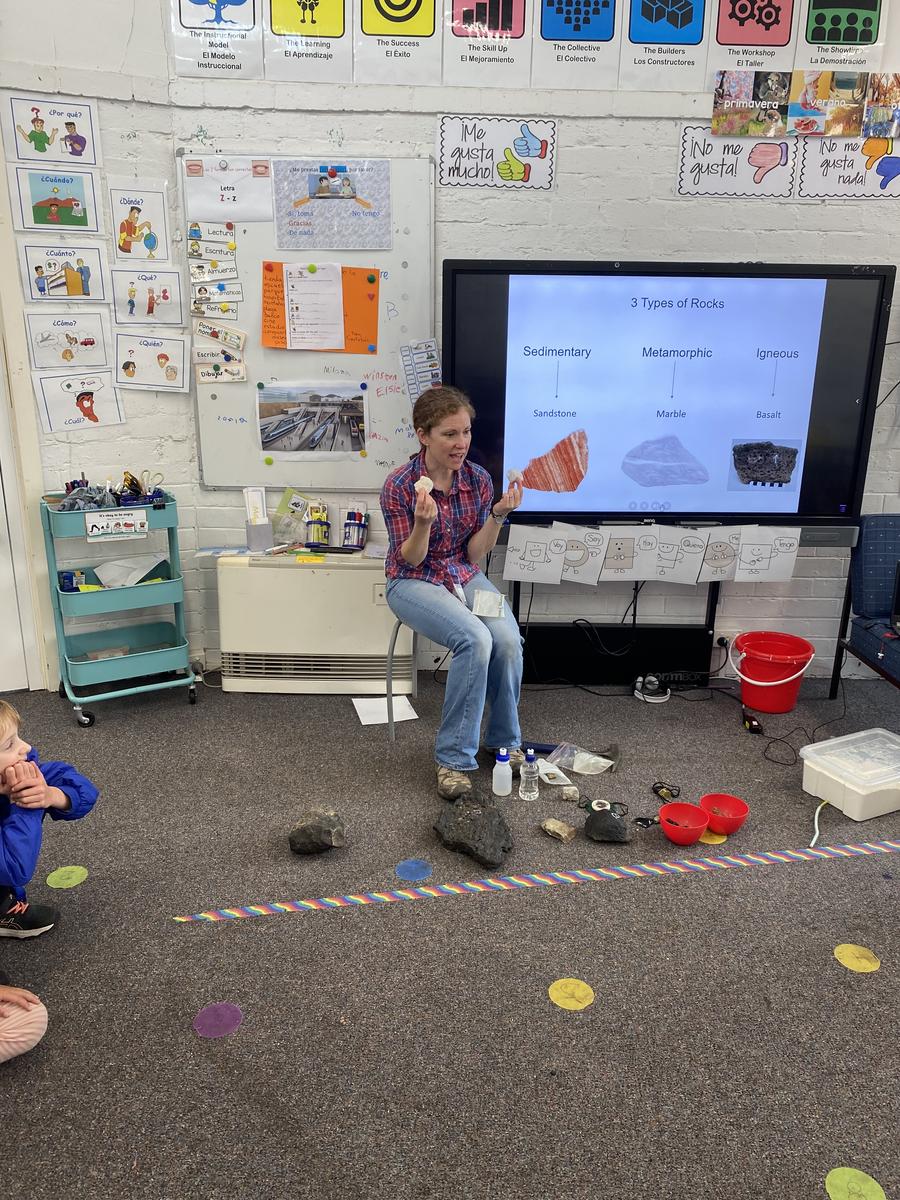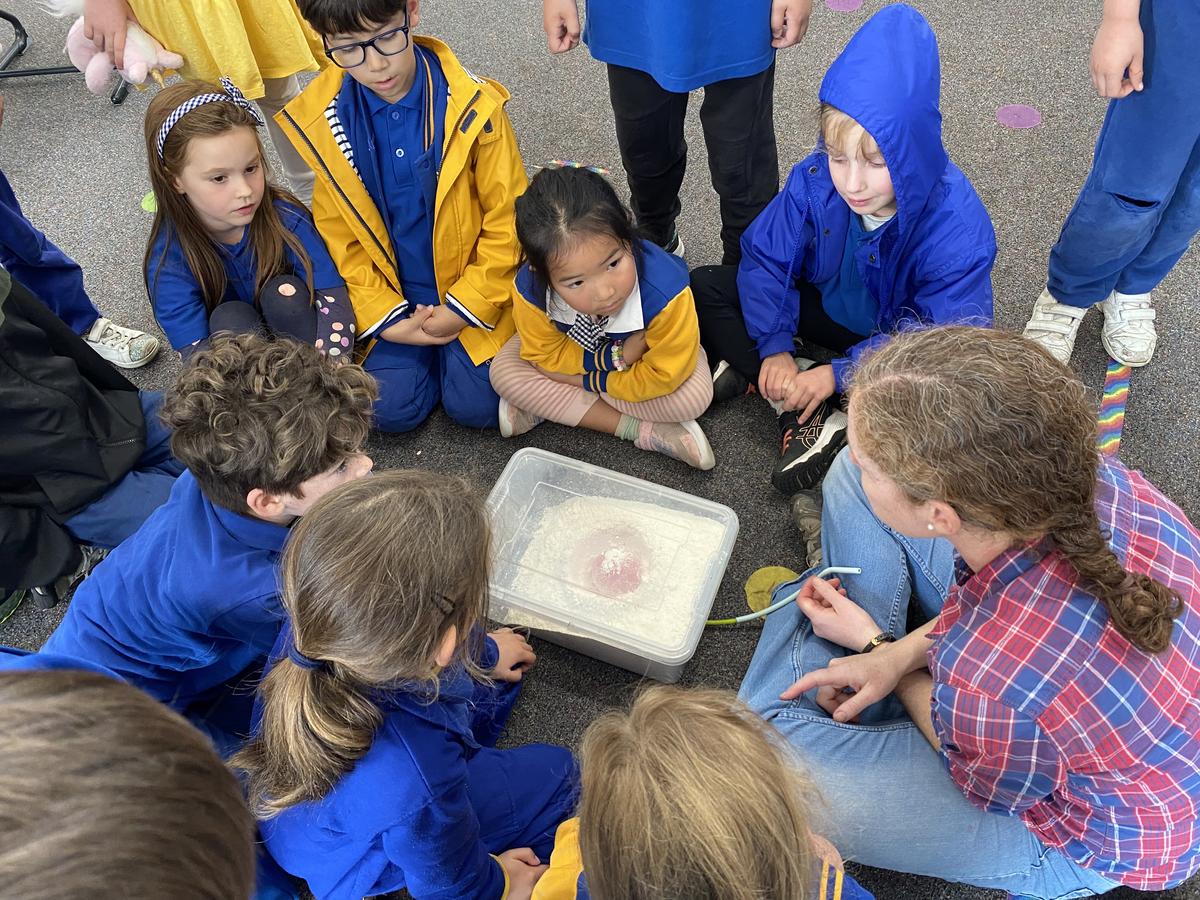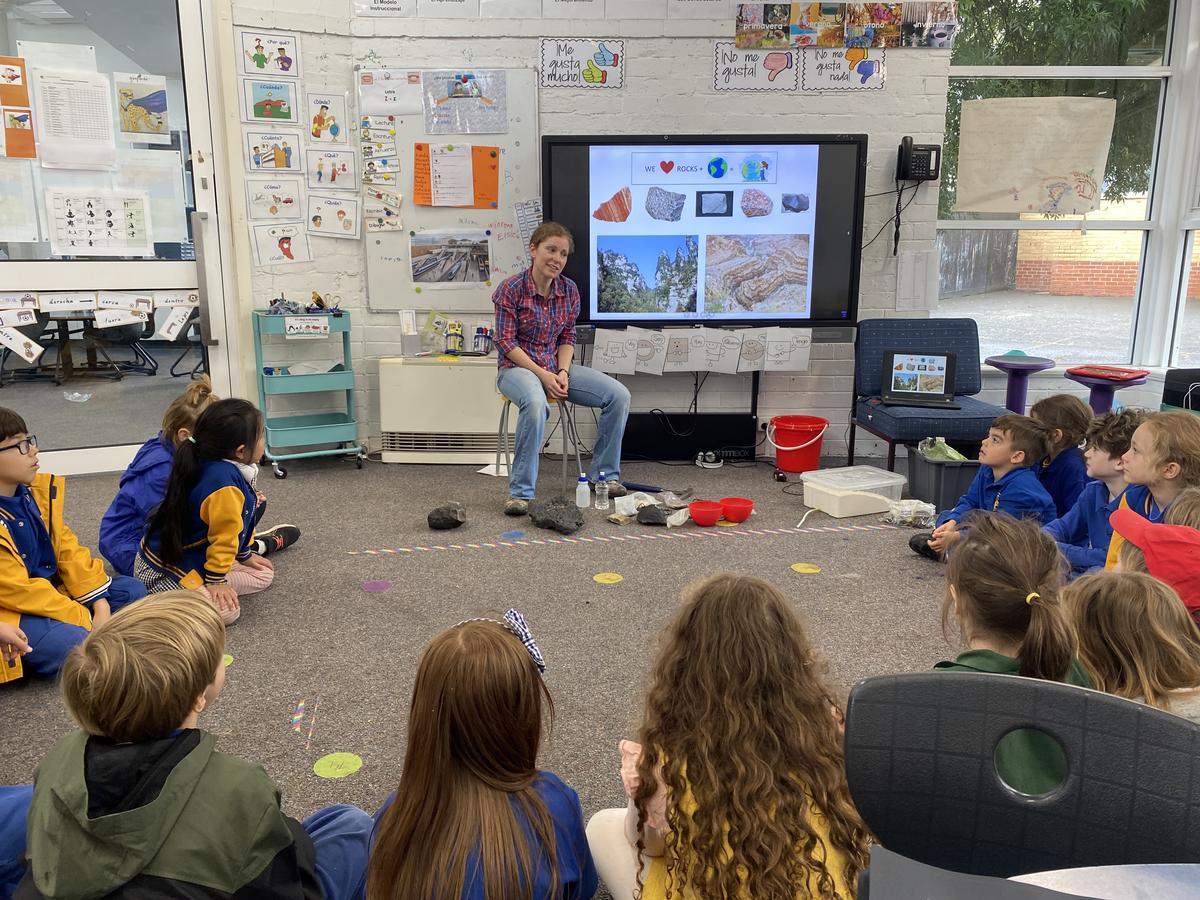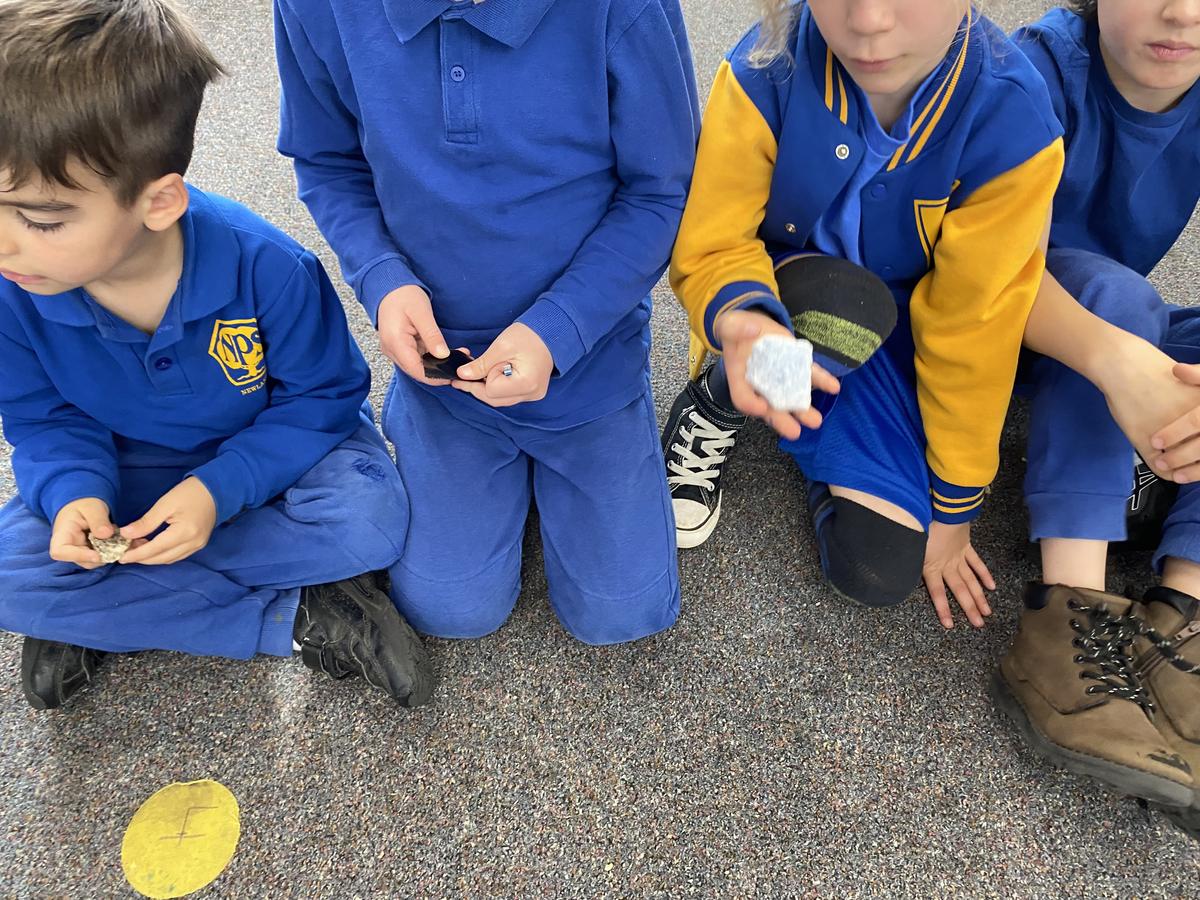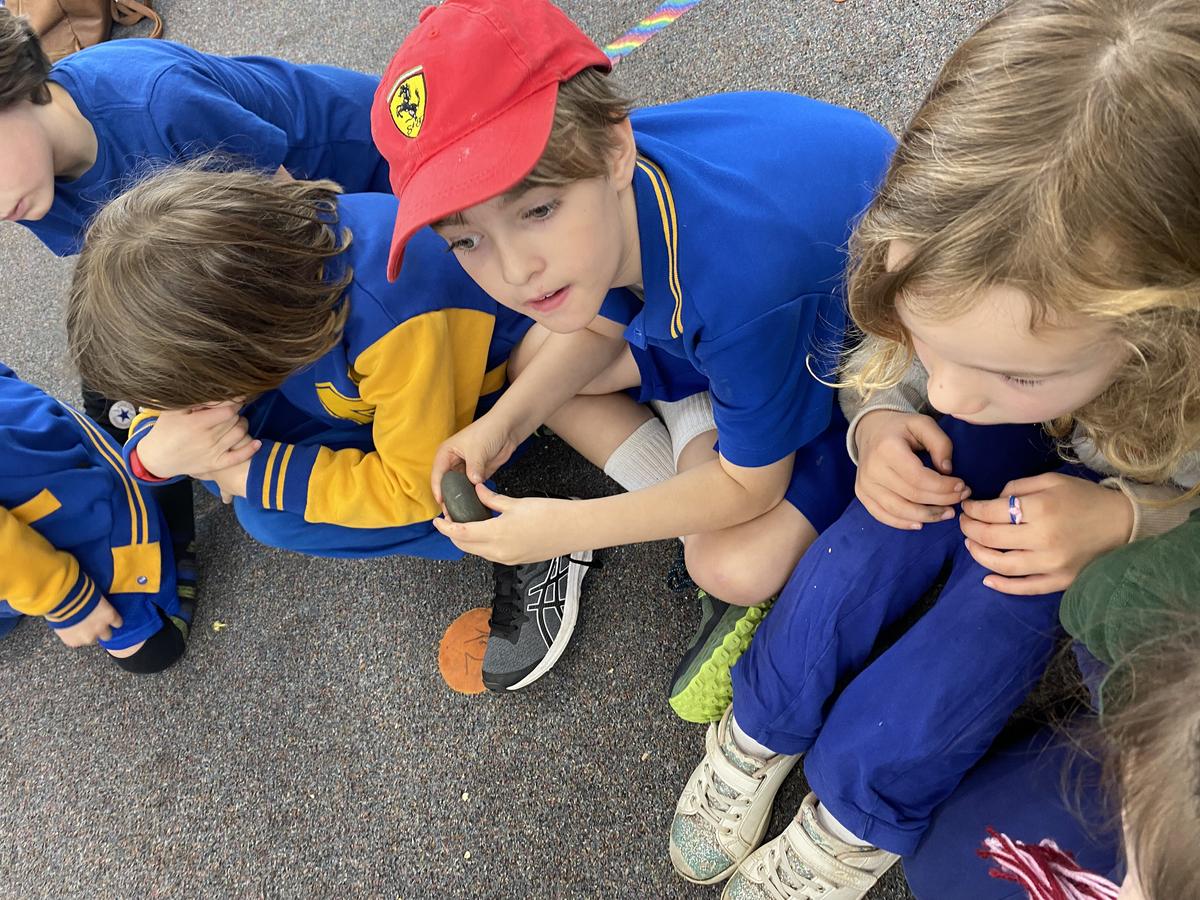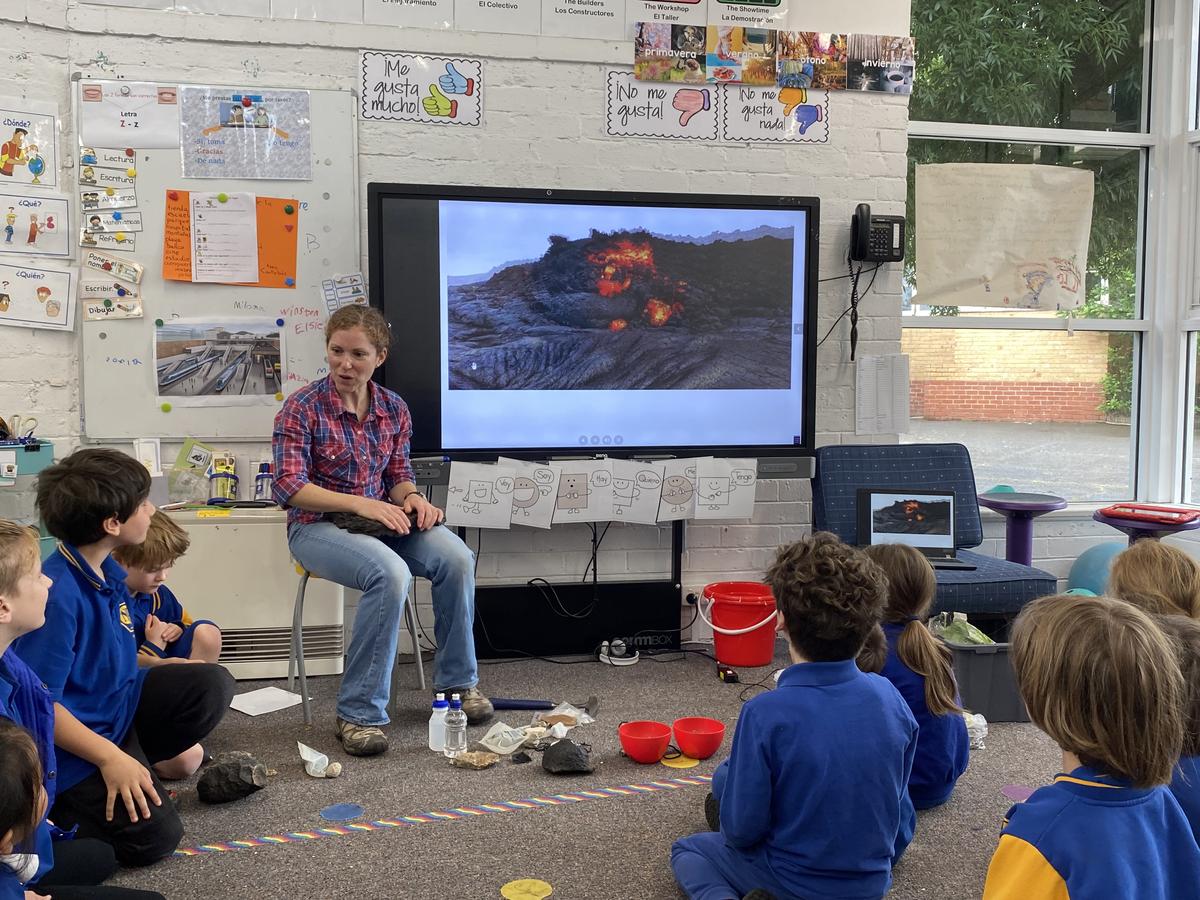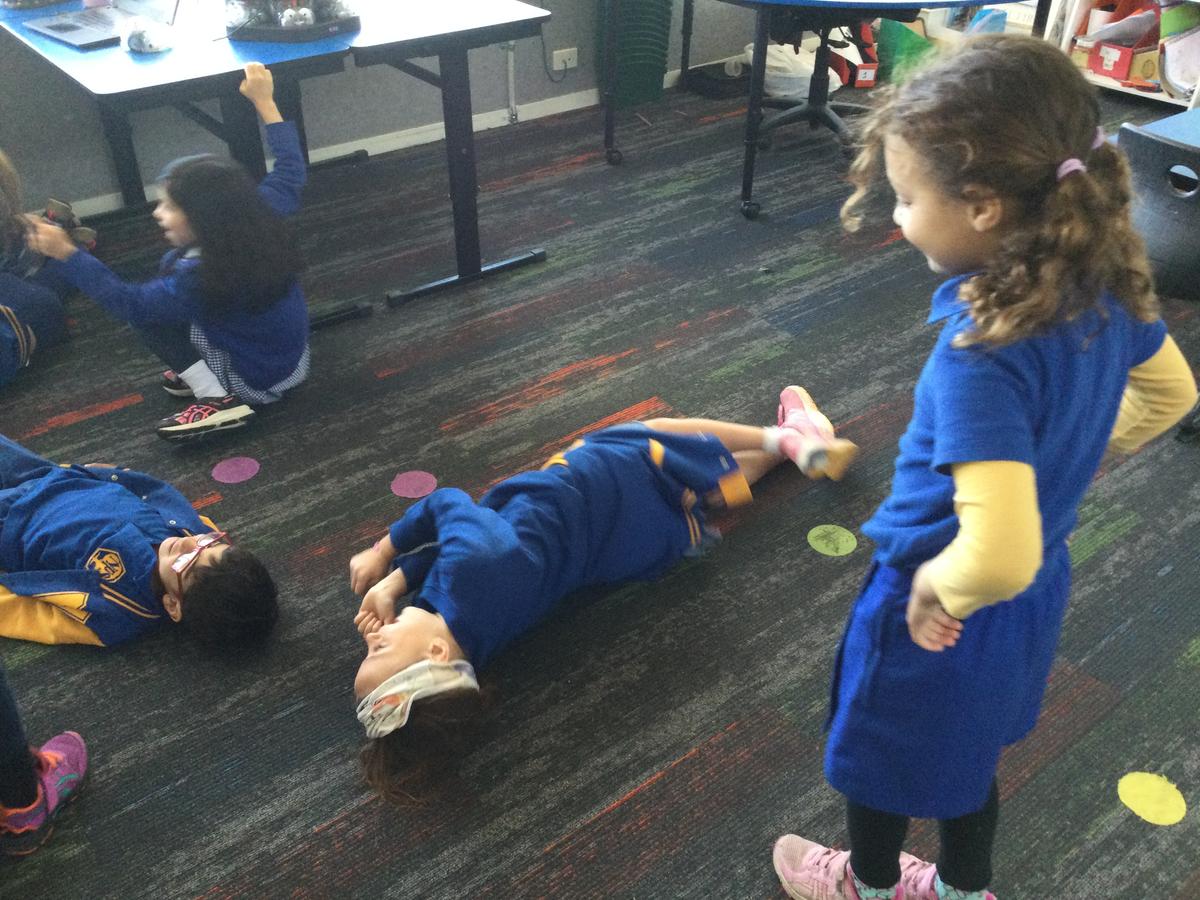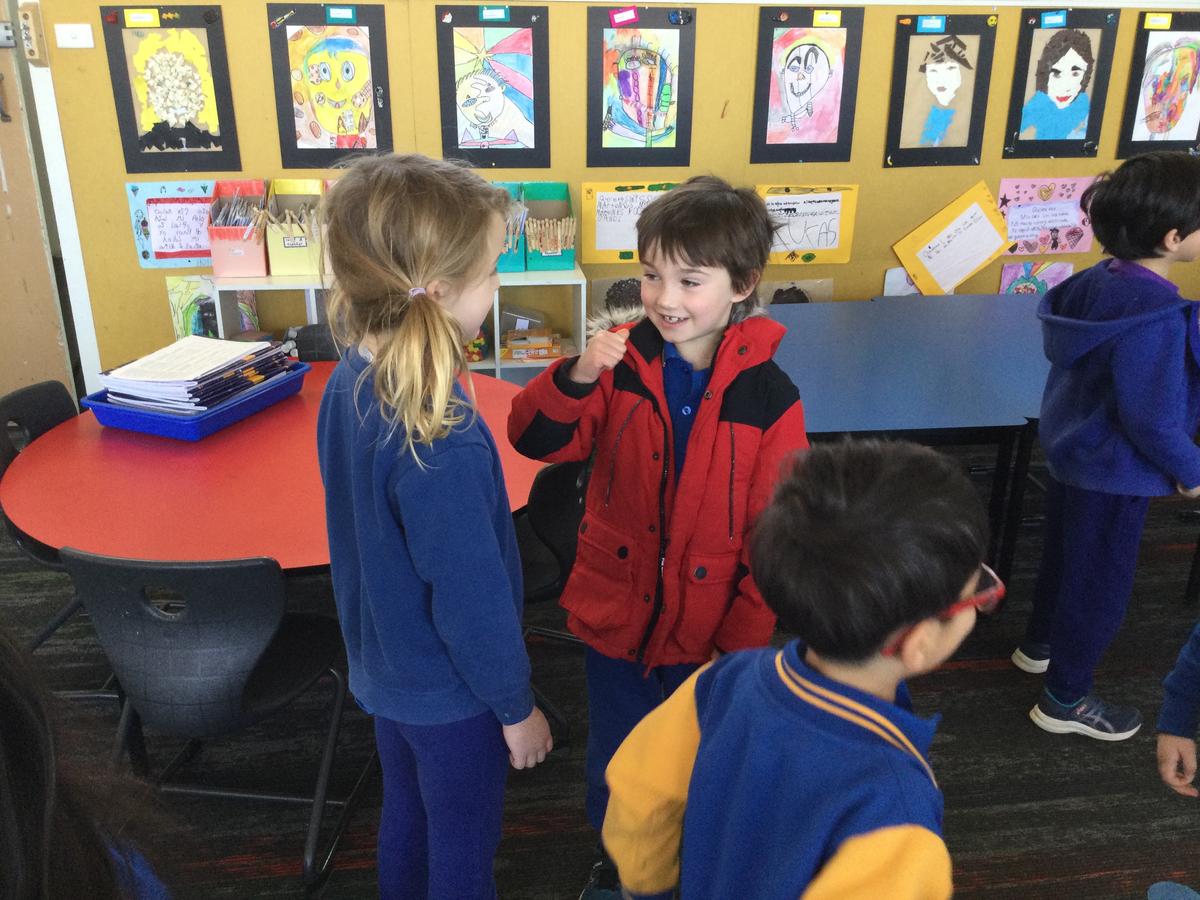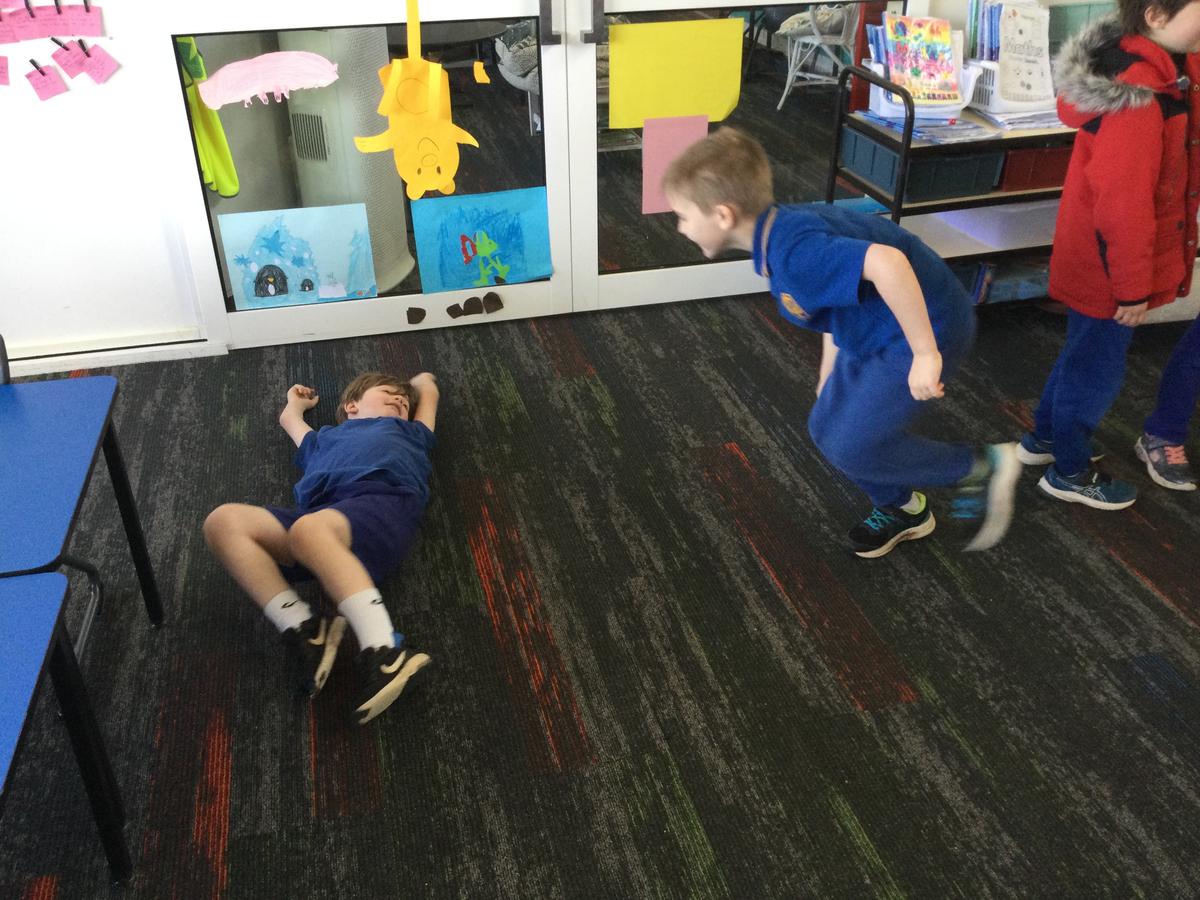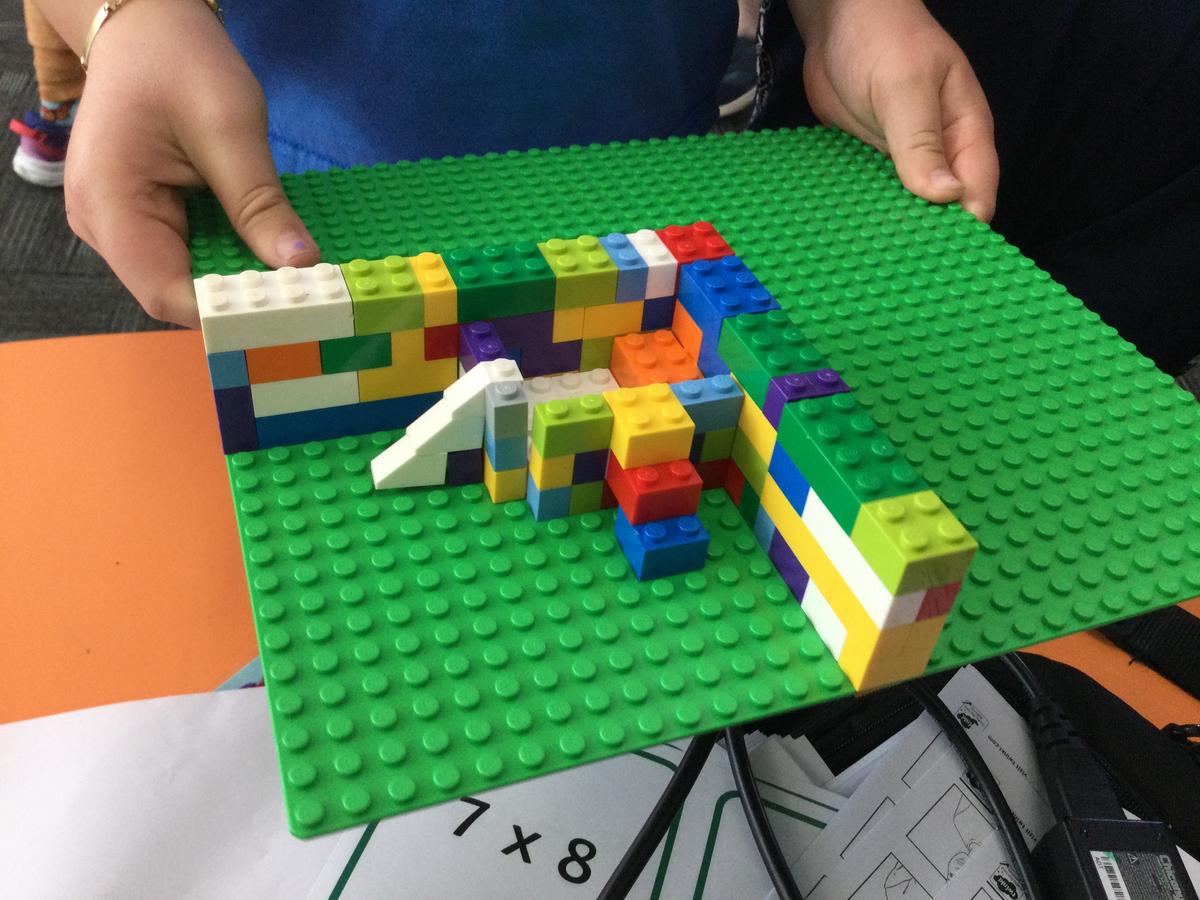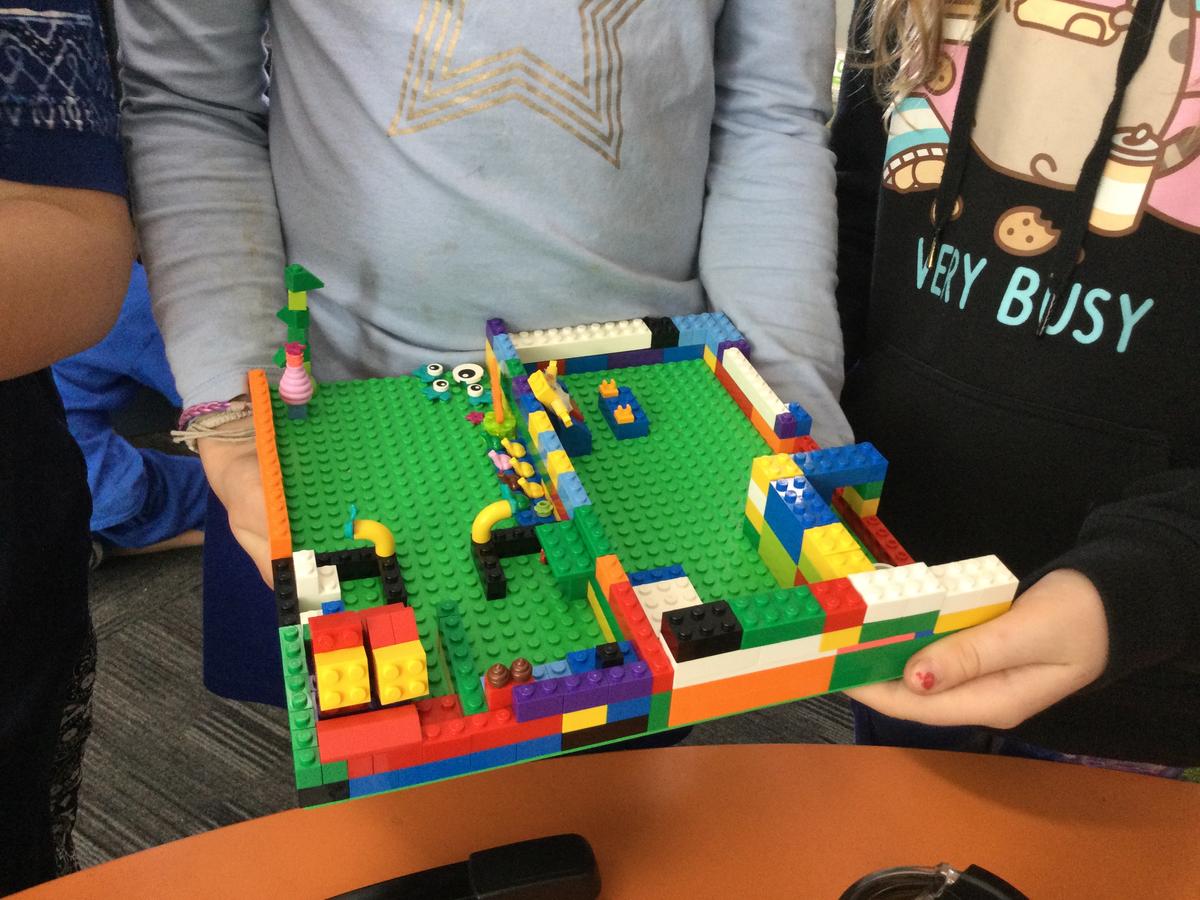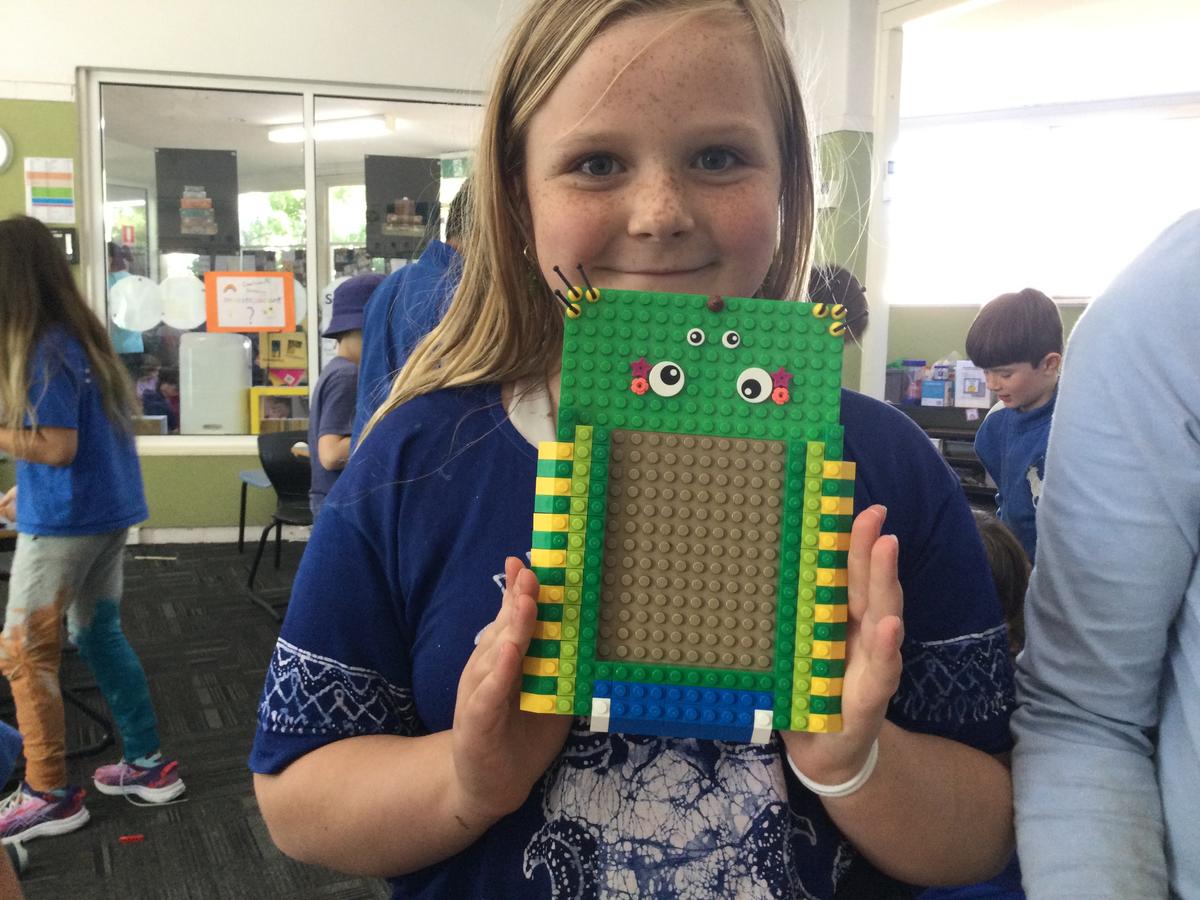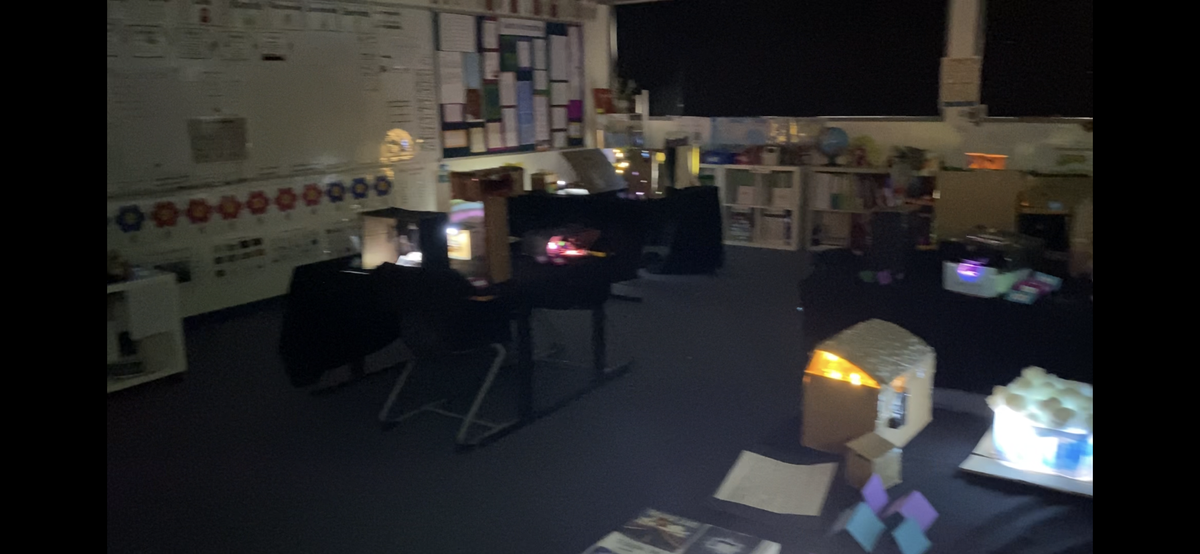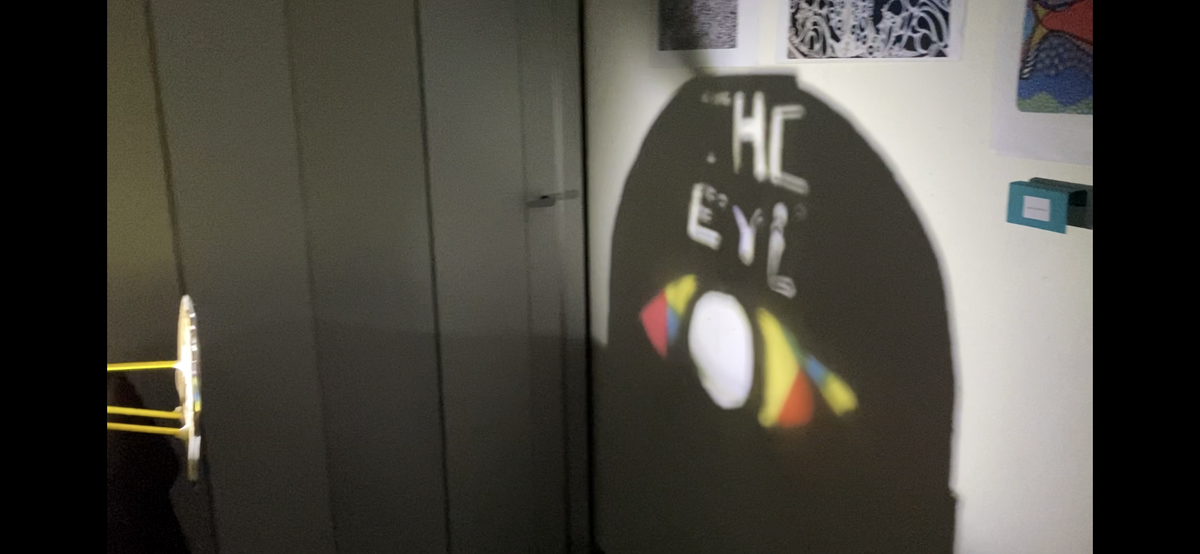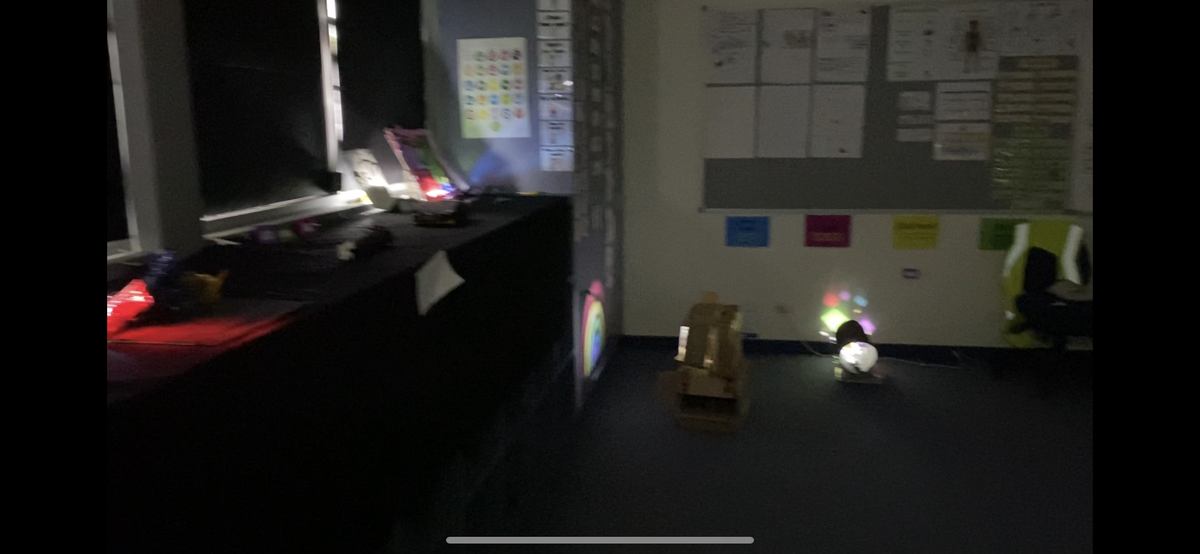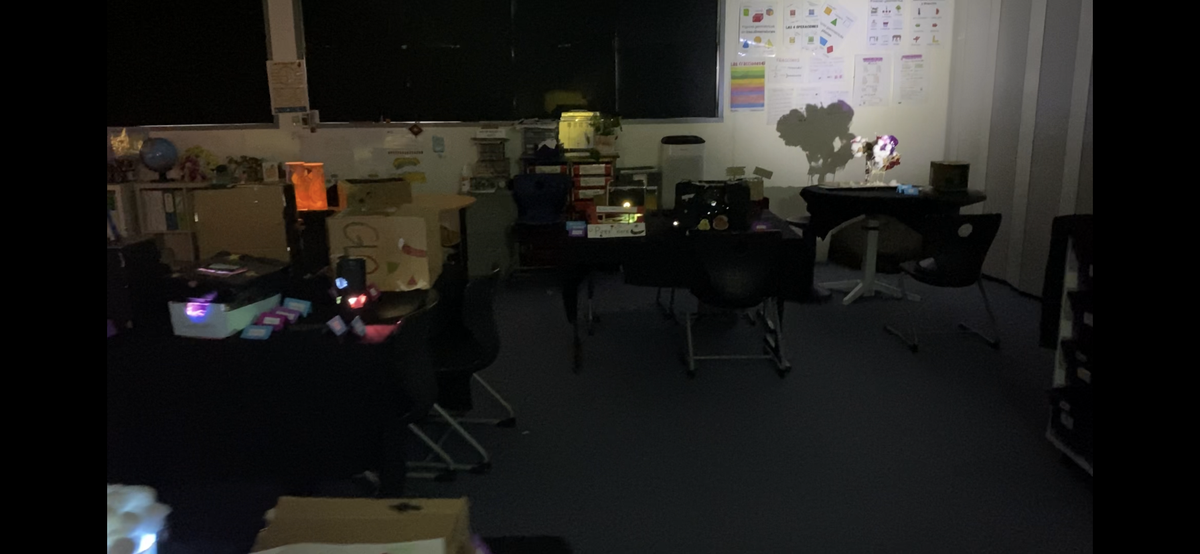STEAM
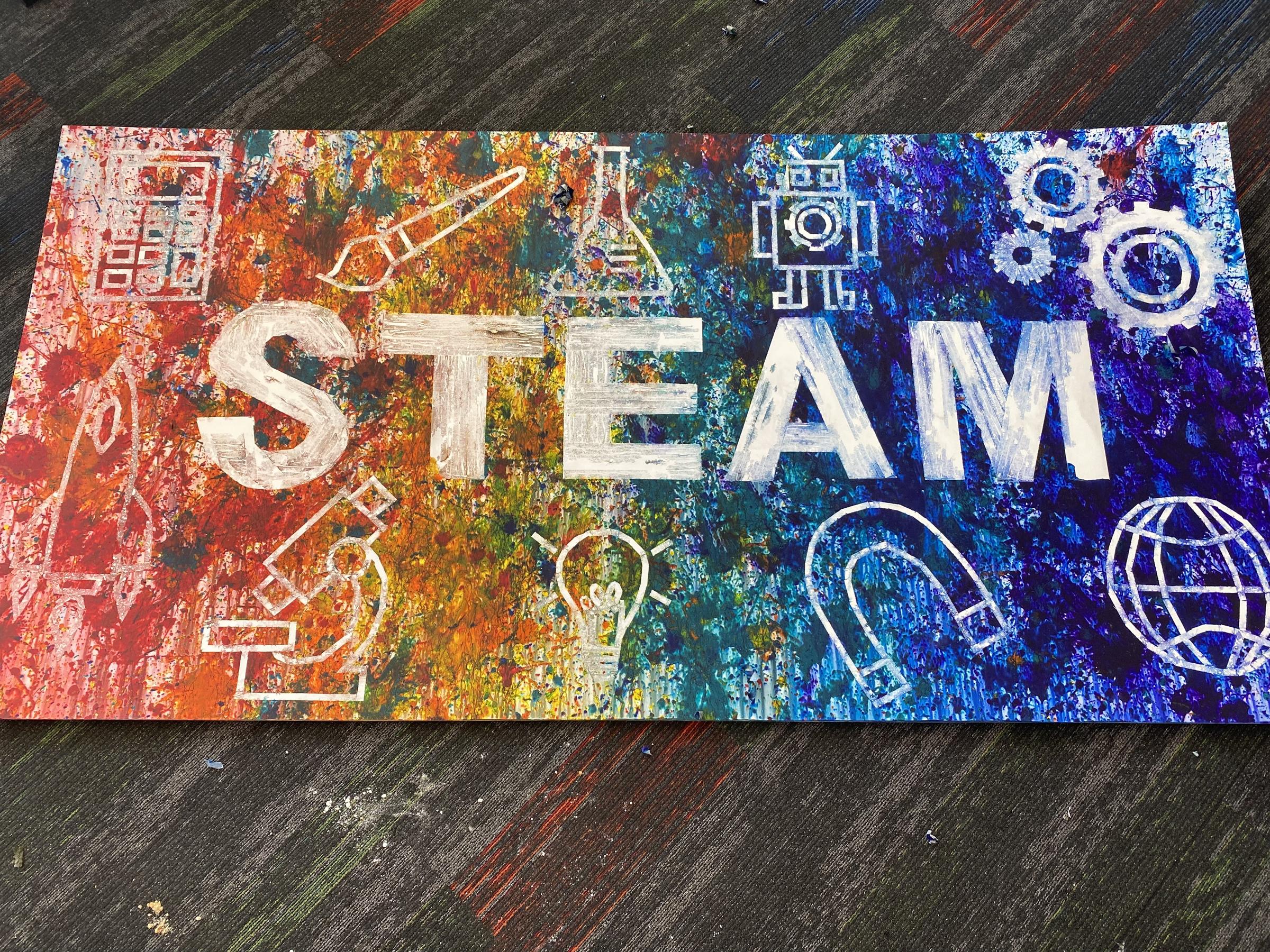
F/1
To finish our unit about changes in our environment, the F/1 students had a special guest. Venera May, a geologist who specialises in volcanoes came to share their wisdom with students. It was great to learn about different types of rocks and volcanoes. Venera even did fun experiments to show why volcanoes are explosive as well as how craters are formed.
We have since moved on to learn about robots and coding. Students shared their understanding of what robots are and can do. We realised that some of us even live with robots that clean our floors and have been served by robots in restaurants. Students dipped their toes in the waters of coding by taking turns at coding their "robot" friend and being a robot. They learned that robots do exactly as they are told, even if it is a mistake or doesn't make sense. We will be moving on to writing algorithms for real robots soon.
2/3
With the start of the term leading up to the art show, students completed their melted crayon art work and had a little taste of some of the STEAM activities we had on offer at the Art show.
We then moved on to talk about the limitations that scientific diagrams have. For example, when we wanted to show that day and night happens from the rotation of the Earth, it was difficult to do this using a still drawing. What is a solution to this problem? Animations! Students have been introduced to the coding program Scratch where they are learning how to create animations that will be able to explain ideas using movement. Students started by brainstorming ways they can keep themselves and others safe in an online environment. They have also had a taste of using block coding to animate a character.
4/5/6
In a massive effort, students completed their light installations of the Art show and I personally think they looked amazing. Well done to all the 4/5/6 students for your creativity and persistence.
We now look forward to a food tech unit. Students have been given the design brief to decorate a cookie that represents themselves and will be a celebratory graduation cookie for our year 6 students. Following the design process, students defined the problem by understanding the types of icing, equipment and techniques they could use. Many students discovered that royal icing is commonly used to decorate with. This week, students designed a scientific investigation to determine the right consistency to pipe and flood their cookies using the 15 second rule. Next week we will complete our experiment to scientifically find the perfect recipe.

